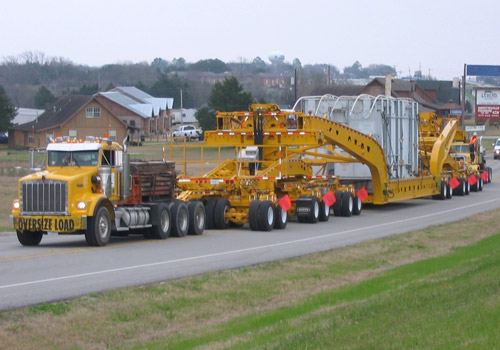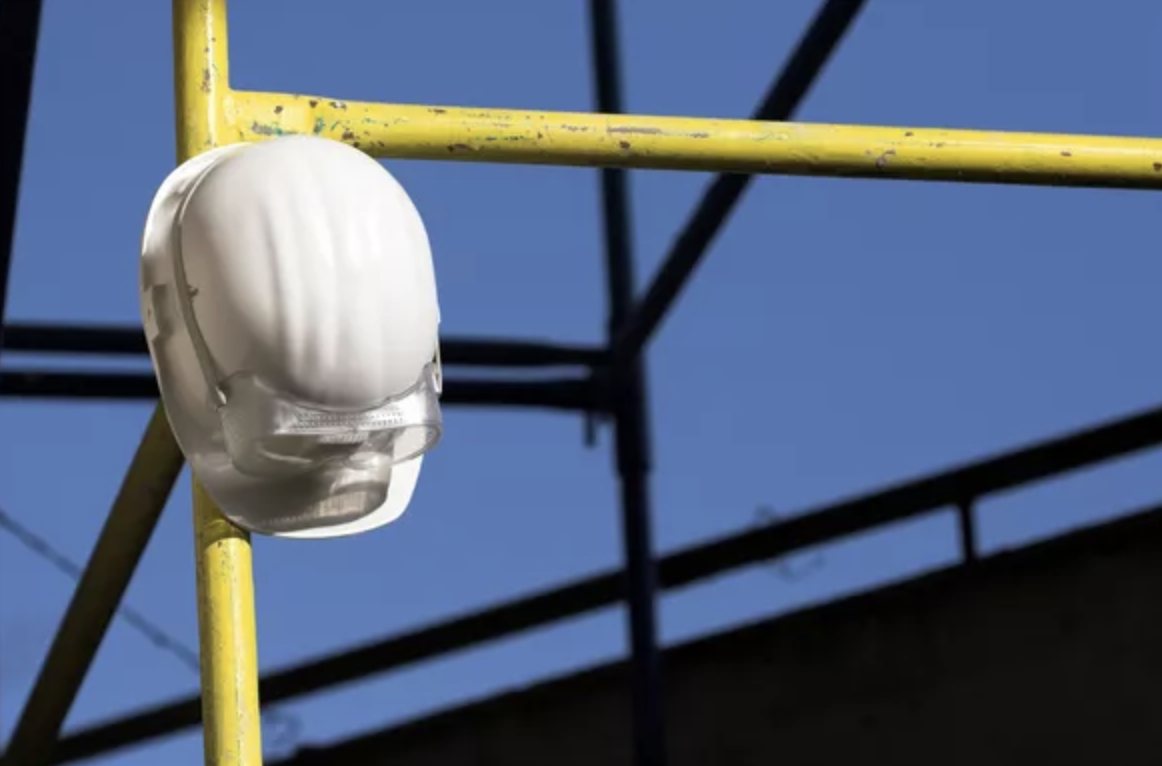CSA is undergoing major changes. Almost everything you know about CSA – severity and time weights, BASIC measures, safety event groups – are completely changing.
If you’ve been following the developments to the CSA saga over the last couple of years, you’ve probably come to the conclusion that it’s pretty difficult to understand what the changes to CSA are going to look like. If that’s the case, you’re definitely not alone. Which is why in this month’s NBIS Risk Management Column, I’m going to bring you up to speed and tell you everything we know, starting with how we got here.
History
CSA, which originally stood for “Comprehensive Safety Analysis” but now stands for “Compliance, Safety, Accountability,” was created so the Federal Motor Carrier Safety Administration (FMCSA) would have an easier time identifying motor carriers for safety “interventions.” The way CSA accomplished this was by using inspection results and other data to generate a company’s BASIC scores, which could then trigger an intervention in the form of a warning letter, compliance review or some other action.
From the onset of the program, however, CSA has been consistently criticized for its apparent failings and there was widespread opposition to it. The transportation industry pushed back and convinced Congress, in 2015 via the FAST Act, to remove CSA scores from public view and order a comprehensive study of CSA to be completed by the National Academies of Sciences, Engineering and Medicine (NAS).
In late June 2017, NAS published their findings and recommendations. Notably, NAS recommended that FMCSA develop their suggested Item Response Theory (IRT) model over the upcoming two years. According to NAS, if the new IRT model performed well in identifying motor carriers for alerts, FMCSA should then use it to replace SMS in a manner akin to the way SMS replaced SafeStat.
Many people believe that the IRT methodology is effective in more accurately identifying a poor safety culture because it uses scientific data to measure factors SMS couldn’t account for. FMCSA ultimately agreed with NAS, and in July of last year they delivered to Congress the National Academy of Sciences Correlation Study Corrective Action Plan Report, which outlined how the agency would address the recommendations made in the NAS report. FMCSA also indicated that it would move forward with a small-scale IRT model by September of 2018 and a full-scale IRT model by April of 2019.
What does all this mean?
In a nutshell, it means that CSA is moving away from trying to predict crash risk and instead focusing on safety culture. The new IRT model will move beyond the current seven BASICs and replace it with one “safety culture score,” which is generated by analyzing the 66 violation groups that currently exist in CSA. Using scientific data, IRT identifies industry patterns and assigns weights and priorities to violation groups based on their potential to open the door to other risks.
Want to know more?
Join NBIS and Steve Bryan from SambaSafety for a FREE Webinar
February 28th at 2:00PM Eastern – REGISTER Now!
What this means for you is that your safety culture is more important now than ever. While CSA is an ever-evolving project and we don’t know everything at this exact juncture in time, we do know that if you don’t have the right plans and procedures in place, or if you have many violations across a number of categories, you’re less likely to fare well in this new system. That said, we’re here to help you every step of the way and NBIS will continue to update you with new information as it becomes available.
To learn more about the changes to CSA, or for help improving your safety culture, contact a member of the NBIS Risk Management Team today.
Visit www.nbis.com or call 877.860.RMSS.







